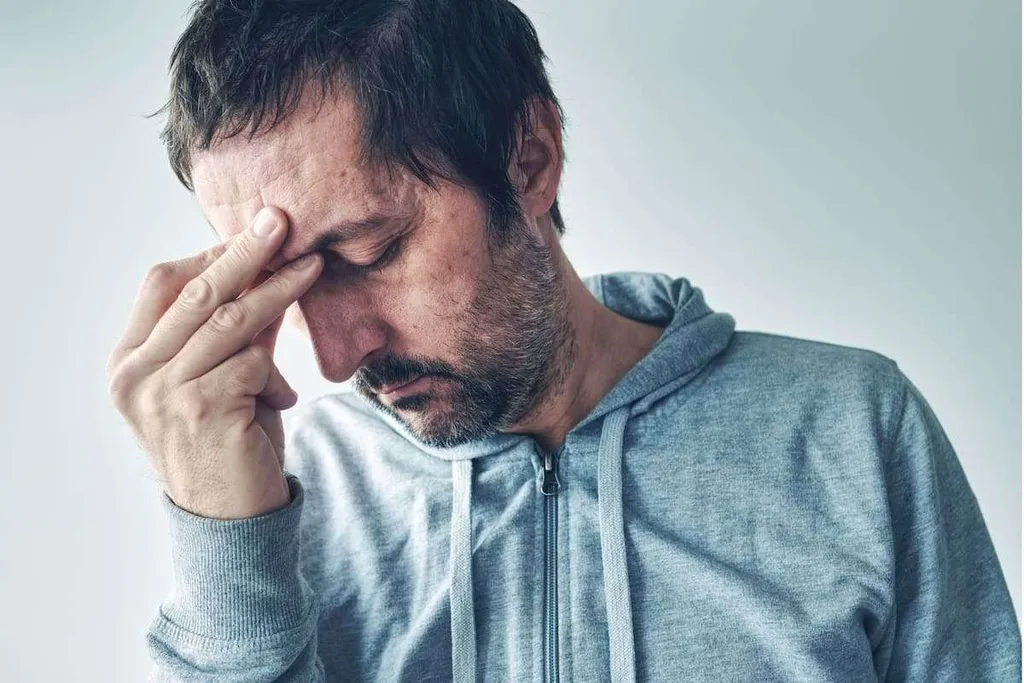
Tapering your dose is essential because it helps minimize your risk of withdrawal symptoms. Their severity typically depends on how long you’ve taken opioids and at what dose. Taking opioids for a longer period of time, and at a higher dose, increases your chances of experiencing more severe symptoms. It’s essential to distinguish between pharmaceutical fentanyl (legal, prescribed medication for severe pain) and illegally made fentanyl driving most overdose deaths. IMF is incredibly potent and cannot be detected by opioid addiction signs sight, smell, or taste when mixed with other drugs. Buprenorphine can also be used together with naloxone for a longer treatment of addiction.
Increased accident-proneness

People from all walks of life are susceptible to developing the early signs of opioid use disorder. In fact, you might begin misusing your medication in an attempt to reduce pain that interferes with your career, parenting responsibilities or volunteer work in the community. Eventually, this causes your brain’s opioid receptors to become less responsive when you take the medication. One of the symptoms of opioid addiction you might miss is taking more medication to achieve the same effects you felt in the past.
FIND TREATMENT:
- When pharmaceutical companies in the 1990s told prescribers that their opioid pain medications were not addictive, more prescribers began using them for their patients.
- At Allen Carr’s Easyway to Quit Drugs, we believe in empowering individuals to break free from addiction without fear or guilt.Freedom is closer than you think..
- Opioid addiction, a chronic and relapsing condition, requires comprehensive treatment strategies.
- The crisis shows significant geographic variation, with certain states and regions experiencing much higher rates.
Opioids are a class of drugs that derive from, or mimic, natural substances found in the opium poppy plant. Opioids work in the brain to produce a variety of effects, including pain relief. These symptoms can be extremely uncomfortable and are the reason many people find it so difficult to stop using opioids. There are medicines being developed to help with the withdrawal process, including lofexidine, a non-opioid medicine designed to reduce opioid withdrawal symptoms that was approved by the U.S. The FDA has also approved sale of a device, NSS-2 Bridge, that can help ease withdrawal symptoms. The NSS-2 Bridge is a small electrical nerve stimulator placed behind the person’s ear, that can be used for up to five days during the acute withdrawal phase.
Organizations We Support: .
Opioid addiction is a complex and devastating condition, but recognizing the signs and symptoms early can lead to a more successful recovery journey. If you or someone you know is drug addiction showing signs of opioid addiction, it’s essential to seek help as soon as possible. Addiction is a disease that requires treatment and support, and with the right resources, recovery is possible.
- As a first step, it is highly recommended to seek out a licensed medical detoxification program.
- Opioid drugs include prescription pain relievers, such as fentanyl, oxycodone, and hydrocodone, and illegal substances, such as heroin and illicitly manufactured fentanyl.
- The abuse of opioids can have long-lasting effects on someone’s health, possibly even resulting in death.
What are the health risks of using opioids?

Most often, if an opioid is swallowed, it passes through the liver to be metabolized. This can make the opioid less likely to bind to receptors or to do so more slowly. When opioids bind to receptors in the GI tract, they often cause constipation. Social effects, including losing a job, negative impacts on personal relationships, financial problems, becoming homeless, or getting an infectious disease from sharing needles (such as HIV). Overdose prevention is a CDC priority that impacts families and communities. Drug overdose is a leading cause of preventable death in the U.S.

 English
English